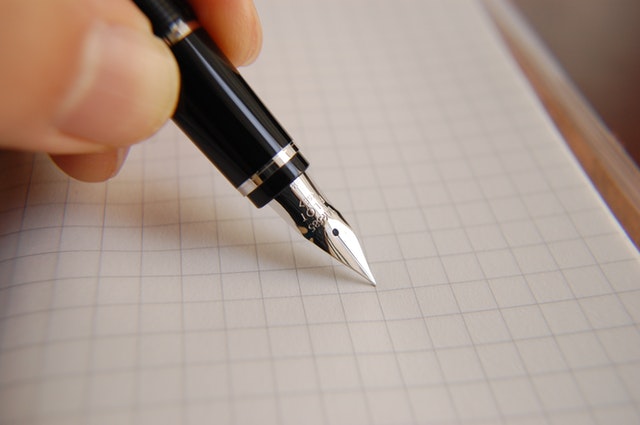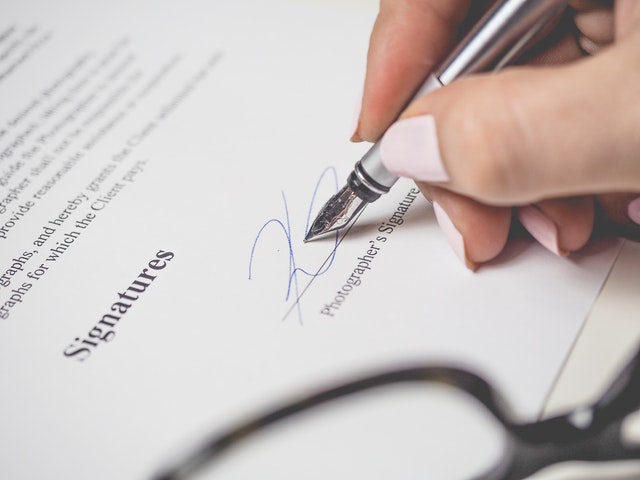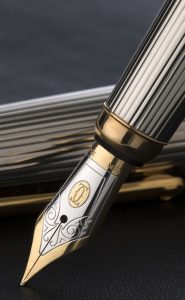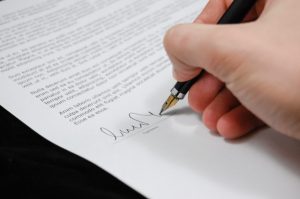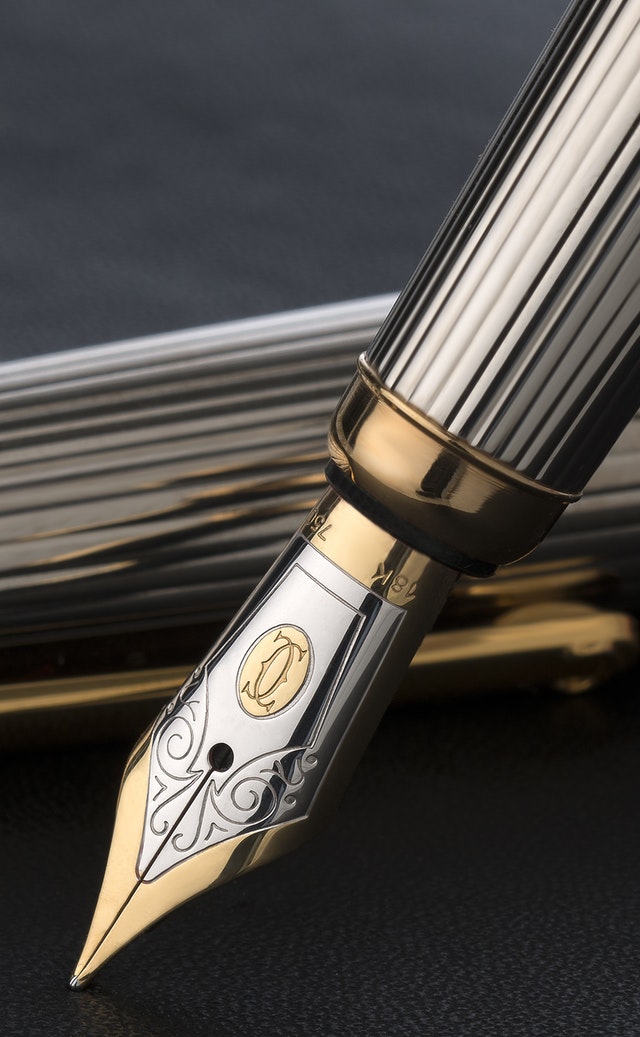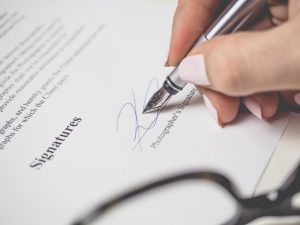Choosing between a ballpoint, rollerball and fountain pen can be a bit confusing, especially considering the different types of ink each pen uses and how differently they write. Ultimately, it all depends on preference as well as the results you want to achieve. And that’s why it’s important to understand the differences between ballpoint vs rollerball vs fountain pens.
Ballpoint vs Rollerball vs Fountain
In this post, we’ll highlight the differences between fountain, rollerball and ballpoint pens. By the end of the article, you should be able to differentiate the various types of pens and choose the one that’s most appropriate for your application.
Ballpoint Pens
The ballpoint pen is without a doubt one of the most common and well-known types of pen. These pens use an oil-based ink that was originally designed as a more reliable and cleaner alternative
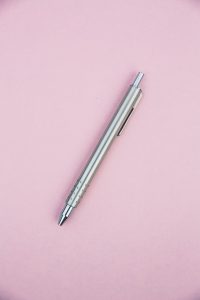
to fountain pens. The pens allow for a wide range of shading, which makes them appropriate for everyday use as well as for industrial engineers and artists. They come in various tip sizes with the most common being the fine tip that is about 0.7mm and the medium tip that is about 1.0mm.
Pros
- Long-lasting ink refill
- Dries quickly
- Less finicky or fussy
- Smooth writing
Cons
- Messy
- Not the best choice for long writing
Rollerball Pens
Rollerball pens use water-based liquid ink. The ink flows fast, creating a nice vivid line. They use water-based ink and a ballpoint mechanism. They come in tip sizes of between 0.5mm and 0.7mm. These types of pens are designed with finer tips and smaller balls because they flow faster than their ballpoint pen ink counterparts.
Pros
- Less pressure required to write
- Large color selection
- Quick-drying
- Dark line
Cons
- Not travel-friendly
- Uncapped pens leak
- Short ink refill life
- Bleed and feathering
Fountain Pens
Fountain pens use a nib to write and use a converter, cartridges or come with a built-in reservoir to hold ink. The pen draws ink from the cartridge/reservoir through a feed system with the use of capillary action and gravity. The reservoir can be filled with an internal piston style filling system, a syringe or pipette. Fountain pens that use a converter/cartridge filling system accept a pre-filled ink cartridge or draw ink into a converter.
Fountain pen nibs come with a wider section of tip sizes and compared to ballpoint and rollerball style pens.
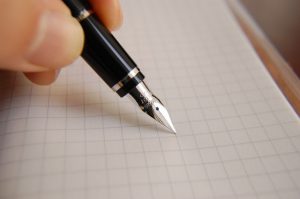
Pros
- Eco-friendly
- Line variation
- Huge color section and many cartilage types available
- More customizable
Cons
Most difficult to use and require more maintenance. Filling a fountain pen and cleaning a fountain pen are both things that need to be maintained.
Bottom Line
Each type of pen has its own benefits and drawbacks. So, when comparing ballpoint vs rollerball vs fountain pens, weigh all your options. The right pen for you depends on what you’re using your pen to do as well as your writing style. With the tips mentioned, you should be in a better position to make the right choice.

